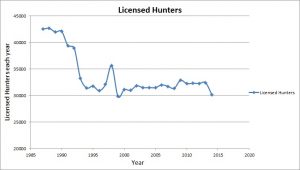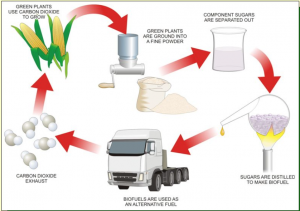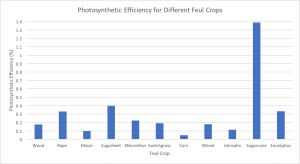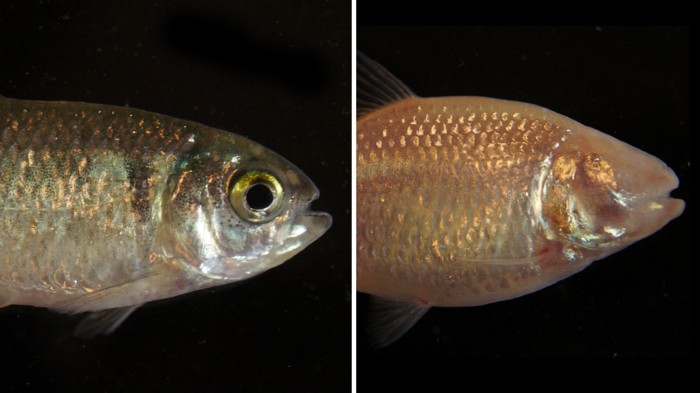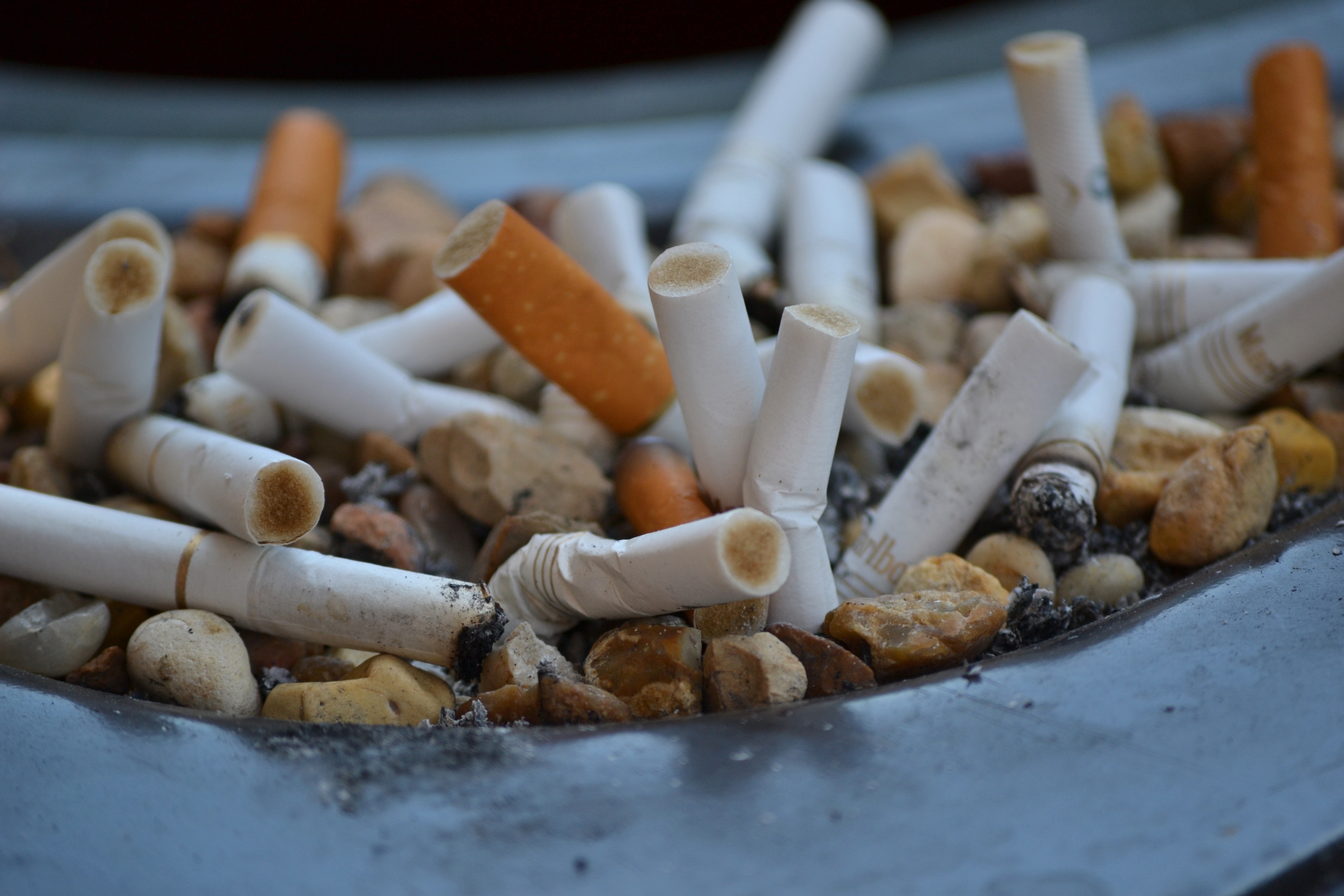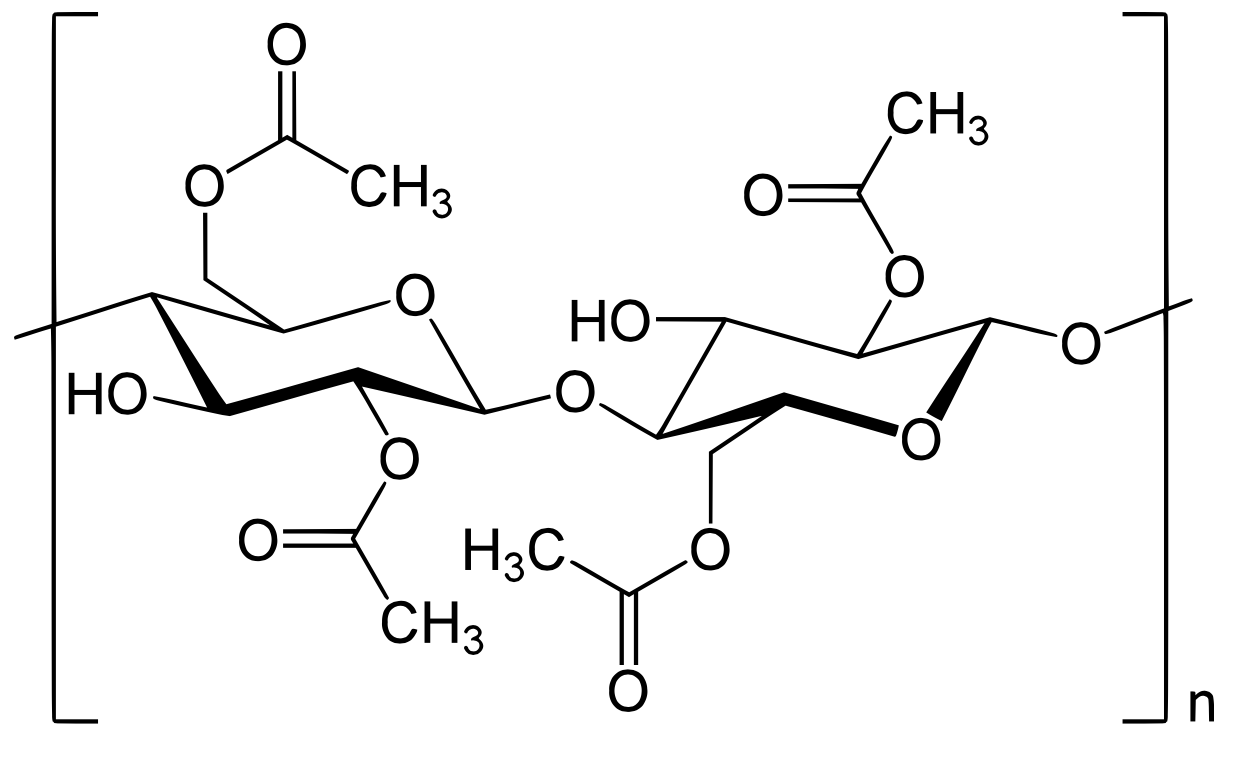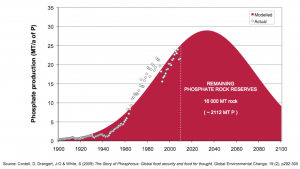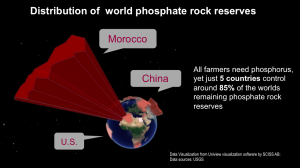Researcher at Colorado State University stated that 33 out of 100 high school graduates reported they have at least ridden once with an impaired driver.
Vehicle accidents are the leading cause of death for many young adults. The act of adolescents driving while impaired or riding with an impaired driver has become very common, due to consumption of marijuana, alcohol, or other drugs. However, it is more likely that young adults will ride with an impaired driver by marijuana rather than a driver who is drunk.

(credits: http://blog.allstate.ca/new-laws-on-the-way-to-combat-impaired-driving/)
Students who have graduated from high school for one or two years were asked various health-related questions in a study, including questions such as “during the past 12 months, how many times did you ride in a vehicle driven by someone who had been drinking alcohol?” and the question was repeated for marijuana and other drug users too. People who have been driven by an impaired driver was given by 23 percent of marijuana users, 20 percent of drunk drivers, and 6 percent of other drug users.

(credits: http://www.calgary.ca/CSPS/PSC/Pages/Report-impaired-drivers.aspx)
The participants were also asked who the driver was: a friend, family member, unknown person around the same age, or an older relative, unknown-adult. It was more common for people to ride with peers that are impaired compared to older individuals. Riding with an impaired driver enforces this act to be repeated and seen as acceptable. Furthermore, individuals who ride with impaired drivers often become impaired drivers themselves. Therefore, it is important to educate adolescents early on the risks of impaired driving .


